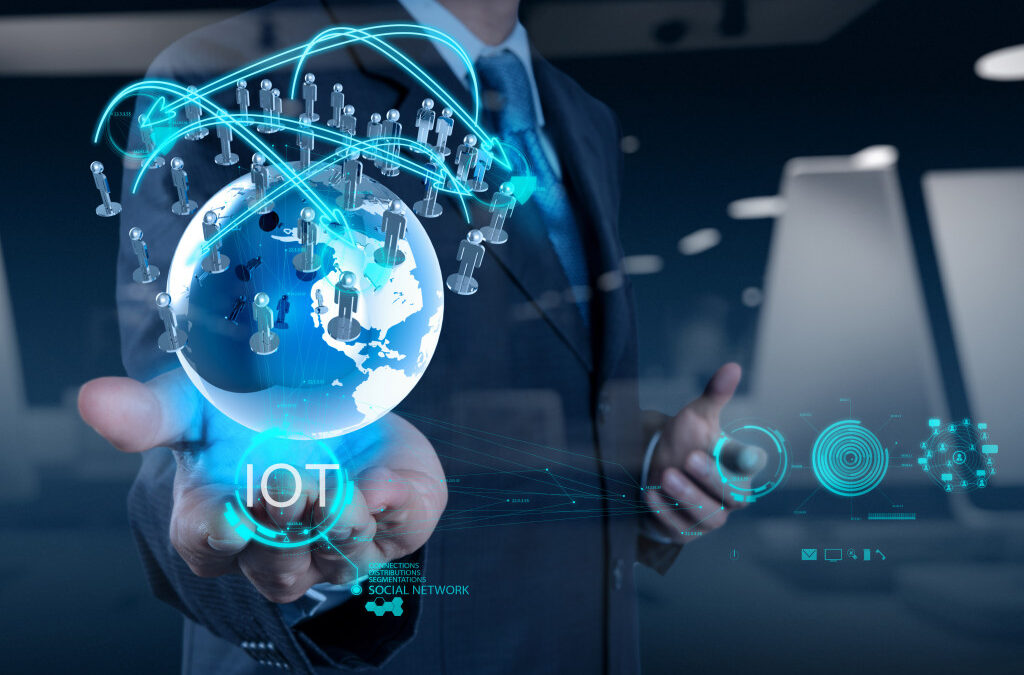Table of Contents
Introduction
The future of the internet is full of exciting possibilities and unexplored areas. As we enter a new digital age, the fast-paced development of technology and digital infrastructure brings both opportunities and challenges. In this article, we’ll look at the latest trends shaping the future of the internet, the innovations changing how we connect and interact online, and what to expect in the years ahead.
New Trends Influencing the Future of the Internet
The Rise of 5G Technology
The deployment of 5G technology is set to revolutionize internet connectivity. With its promise of ultra-fast speeds and low latency, 5G will enable seamless streaming, real-time gaming, and enhanced virtual and augmented reality experiences.
- Better Mobile Connectivity: 5G will provide more reliable and faster mobile connections, making it possible for cutting-edge technologies such as self-driving cars and smart cities.
- Expanded IoT: 5G will greatly boost the Internet of Things (IoT), allowing for a higher number of connected devices and more intelligent infrastructure.
Artificial Intelligence and Machine Learning
Artificial Intelligence (AI) and Machine Learning (ML) are becoming more crucial for internet technologies. These advancements will enhance user experiences through personalized content, predictive analytics, and automated customer service.
- Smart Algorithms: AI algorithms can predict user behavior and preferences, tailoring content and advertisements to individual users.
- Automation: From chatbots to virtual assistants like Siri and Alexa, AI will automate routine tasks, making internet interactions more efficient.
Blockchain and Decentralization
Blockchain technology is poised to transform online transactions and data security. Blockchain improves privacy and lowers the risk of data breaches by decentralizing data storage and employing cryptographic protocols.
- Cryptocurrencies: Digital currencies like Bitcoin and Ethereum are gaining traction, offering secure and decentralized financial transactions.
- Smart Contracts: Blockchain enables the creation of smart contracts, which automatically execute agreements when specific conditions are met, increasing transparency and efficiency.
Read also:Digital Accessibility: Making Technology Inclusive for All
Innovations Reshaping Connectivity and User Experience
Edge Computing
Edge computing moves data processing closer to where the data is generated, which helps lower latency and reduce bandwidth usage. This innovation is crucial for applications requiring real-time data processing, such as autonomous vehicles and industrial automation.
- Faster Processing: Edge computing allows for quicker data analysis and response times, improving the performance of time-sensitive applications.
- Lower Bandwidth Usage: Edge computing processes data locally, decreasing the volume of data sent to central servers and cutting down on bandwidth costs.
Augmented and Virtual Reality
Augmented Reality (AR) and Virtual Reality (VR) are set to redefine user experiences across various industries, from gaming and entertainment to education and healthcare.
- Immersive Experiences: Augmented Reality (AR) and Virtual Reality (VR) offer engaging and interactive experiences, making digital interactions more vivid and lifelike.
- Remote Collaboration: These technologies enable remote collaboration and training, allowing users to interact with virtual environments and colleagues from anywhere in the world.
Quantum Computing
Quantum computing seeks to solve complex problems that traditional computers can’t manage.As this technology advances, it will transform areas like cryptography, optimization, and drug discovery.
- Enhanced Security: Quantum computing will enhance cybersecurity by providing more robust encryption methods.
- Advanced Problem Solving: This technology will tackle complex computations faster, unlocking new possibilities in scientific research and data analysis.
User-Centric Design and Accessibility
The future of the internet will prioritize user-centric design and accessibility, ensuring that digital experiences are inclusive and easy to navigate for all users.
- Intuitive Interfaces: Future web applications will feature more intuitive and user-friendly interfaces, improving accessibility for people with disabilities.
- Inclusive Design: Focusing on inclusive design principles will help make websites and apps accessible to a wide range of user needs and preferences.
Conclusion
The future of the internet is an exciting and dynamic landscape, driven by rapid technological advancements and innovative solutions. From 5G and AI to blockchain and quantum computing, these trends and technologies will shape the way we connect, interact, and experience the digital world. As we move forward, it’s crucial to embrace these changes and prepare for a more connected and intelligent future.
Key Takeaways
- 5G Technology: Lightning-fast speeds and minimal delays will revolutionize connectivity.
- Artificial Intelligence: AI and ML improve user experiences by providing personalized and automated features.
- Blockchain: Decentralized data storage enhances privacy and security.
- Edge Computing: Cuts down latency and bandwidth use, allowing for real-time data processing.
- AR and VR: Provide immersive and interactive experiences for users.
- Quantum Computing: Tackles complex problems and strengthens cybersecurity.
- User-Centric Design: Focuses on making digital experiences more accessible and inclusive.
By remaining knowledgeable and flexible, we can leverage these advancements to create a future where the internet becomes a powerful driver of innovation, connectivity, and positive change.





